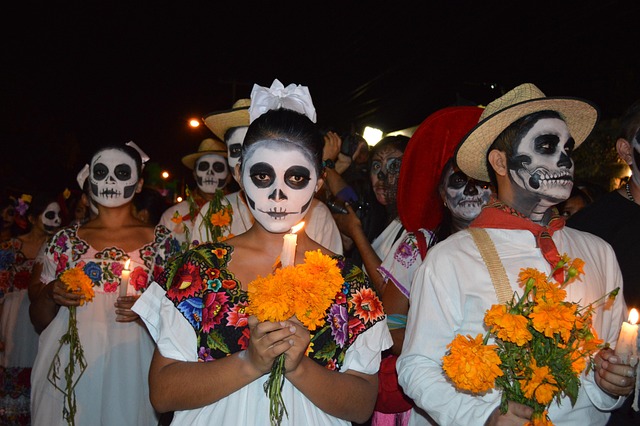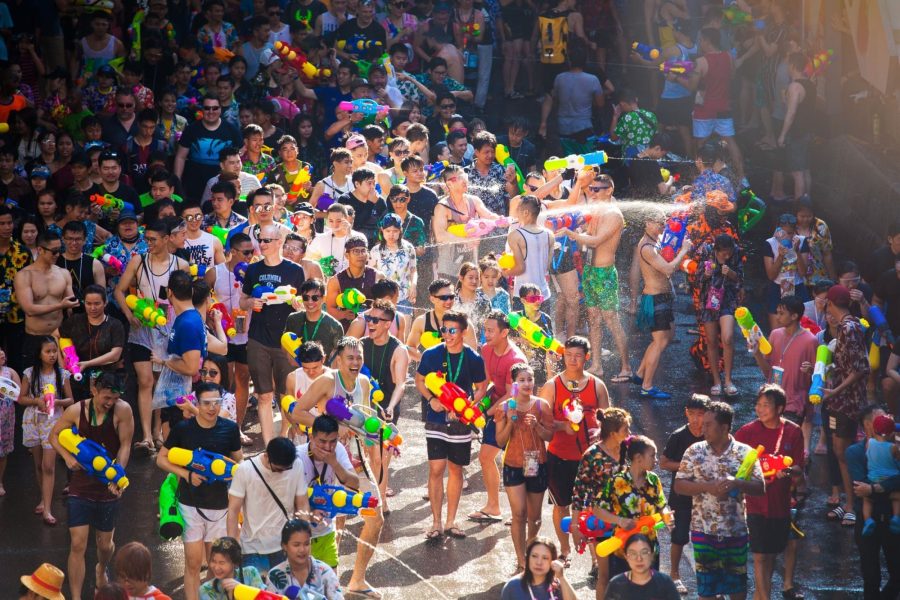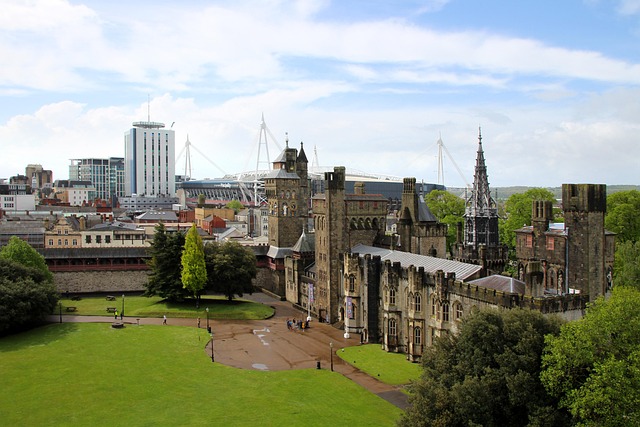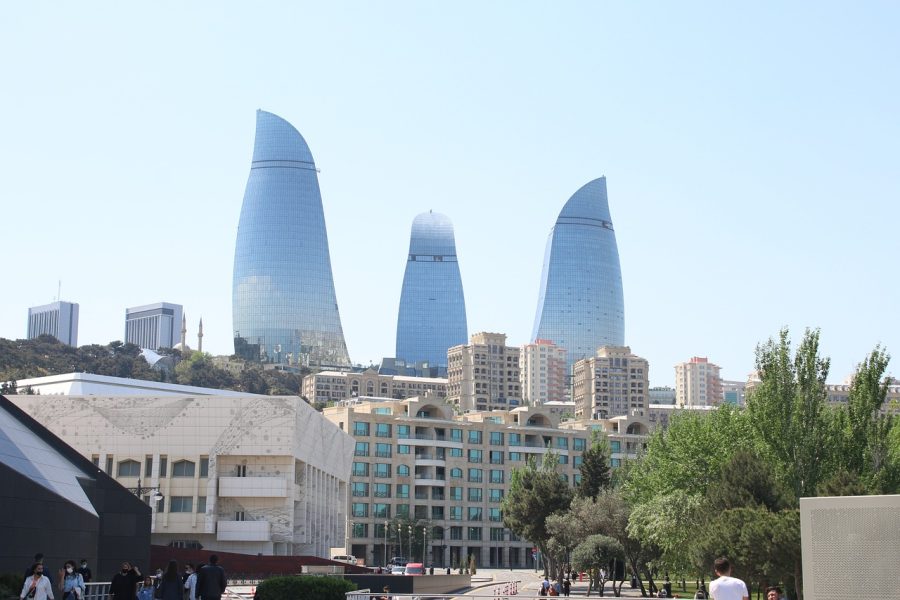Every year, from October 31 to November 2, Mexico comes alive with bright colors, marigold flowers, sugar skulls, and candle-lit altars. This is the Day of the Dead, or Día de los Muertos — a celebration that honors loved ones who have passed away. But beyond its beautiful traditions lies a deep and meaningful story rooted in centuries-old history. Let’s explore the history behind the Day of the Dead and understand why it remains one of the most iconic cultural events in Mexico.
Ancient Origins of the Day of the Dead
The history behind the Day of the Dead dates back more than 3,000 years, long before the arrival of the Spanish in the Americas. The ancient Aztec civilization, along with other Indigenous groups like the Maya and Toltec, believed that death was not the end of life, but simply a new beginning.
For them, the afterlife was a continuation of existence. They viewed death as part of the natural cycle, and once a year, the spirits of the dead would return to visit the living. This belief formed the foundation for what would later become the Day of the Dead celebration.
The Influence of the Spanish Conquest
When the Spanish conquistadors arrived in the 16th century, they brought with them Catholic beliefs and religious observances like All Saints’ Day and All Souls’ Day. Instead of erasing Indigenous traditions, these two worlds blended together.
The result was a unique fusion of cultures — Indigenous rituals mixed with Catholic symbolism. The modern Day of the Dead emerged from this blend, honoring both spiritual faith and ancestral memory.
Symbolism Behind the Traditions
Every element of the Day of the Dead carries deep symbolism. The marigold flower, known as cempasúchil, represents the fragility of life and guides spirits back to their loved ones. The sugar skulls symbolize death with a touch of joy and humor, reminding people to celebrate life rather than fear death.
Families create altars (ofrendas) in their homes, decorated with photos, food, candles, and personal items of the deceased. These offerings are meant to welcome the spirits back for a brief reunion filled with love, laughter, and remembrance.
Day of the Dead Today
Today, the Day of the Dead is not only celebrated in Mexico but also recognized around the world. UNESCO declared it an Intangible Cultural Heritage of Humanity in 2008, acknowledging its importance as a cultural treasure.
Modern celebrations include vibrant parades, artistic displays, and even global films like Coco that helped introduce this beautiful tradition to international audiences. Yet, at its heart, the day remains deeply personal — a time for families to reconnect with those who came before them.
Why the Day of the Dead Matters
The history behind the Day of the Dead teaches us to see death not as an ending but as a continuation of love and memory. It reminds us to cherish every moment, celebrate our roots, and honor those who shaped our lives.
This is not a day of sadness — it’s a celebration of life, filled with color, music, and gratitude. Through this ancient yet evolving tradition, Mexico shows the world the beauty of remembering and the power of never forgetting.
The Day of the Dead is more than just a holiday; it’s a reflection of Mexico’s soul — a vibrant mix of ancient wisdom and modern celebration. Understanding the history behind the Day of the Dead allows us to appreciate its depth and meaning. It’s a timeless reminder that even in death, love lives on.






Leave a Comment